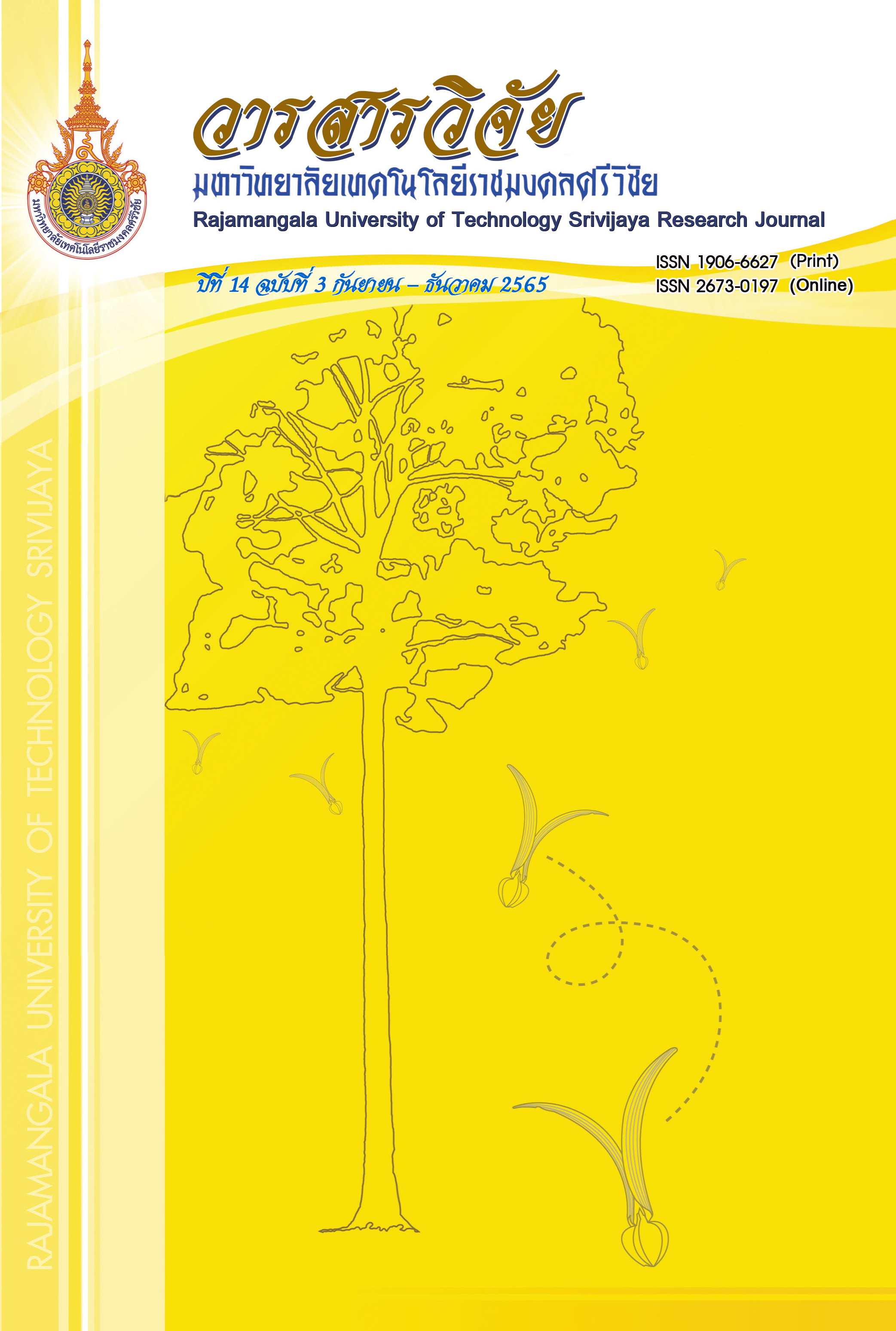Utilization of Microsoft Excel Solver for Optimum Design of Gravity Dam
Keywords:
gravity dam, Linear Programming, mathematical modelAbstract
The gravity dam is constructed to resist against water pressure by using the weight of the material. This study presents the designing model for calculating the optimal dimensions of the dam to store water at a depth of 75 meters, to minimize the cost of the construction of the dam, and to provide sufficient stability. Linear Programming was used to calculate the dimensions of the dam section and Microsoft Excel Solver was used to design mathematical modeling of the dam parameters. Parameters in this research were dam top width, dam base width, dam height, etc. The ratio of dam base to dam height is 0.85 and the ratio of dam top width to dam height is 0.13. The results of analysis showed that the minimum dam weight should be 57,547,894.64 Newton per meter (N/m). The optimal height and base width are 75.9 meters and 64.52 meters respectively. The mathematical modeling may provide help for parameters estimation in designing the dam and increase the efficiency and precision of the calculation.
References
Atmapoojya, S.L., Mahajan, S.K. and Dabhade, A.N. 2014. Computation of optimal top width of gravity dam, pp. 121-138. In New Developments in Dam Engineering: Proceedings of the 4th International Conference on Dam Engineering. Nanjing, China.
Banerjee, A., Paul, D.K. and Acharyya, A. 2015. Optimization and safety evaluation of concrete gravity dam section. KSCE Journal of Civil Engineering 19(6): 1612-1619.
Corns, C.F., Tarbox, G.S. and Schrader, E.K. 1988. Gravity dam design and analysis, pp. 466-492. In Advanced dam engineering for design, construction and rehabilitation. Springer, Boston, MA.
Craig, J.D. 1995. Gravity Dam Design. U.S. Army Corps of Engineers. U.S, Government Printing Office, Washington, DC.
Dantzig, G.B. 1982. Reminiscences about the origins of linear programming. Operation Research Letters 1(2): 43-48.
Feng, C.W., Liu, L. and Burns, S.A. 2000. Stochastic construction time-cost trade-off analysis. Journal of Computing in Civil Engineering 14(2): 117-126.
Kongpoung, P. and Lerdwiwatchaiyaporn, S. 2018. Linear Programming Approach to Quantity Optimal for Chemical Fertilizer Substitution in Water Chestnut Farm. Journal of Science and Technology 7(3): 27-33. (in Thai)
Maythathirut, R. 2013. Scheduling of Construction Project Under Cash Constraints. Master of Engineering, Suranaree University of Technology. (in Thai)
Noisang, P. and Monthatipkul, C. 2017. Locality Selection of Regional Distribution Centers in Thailand Using Quantitative and Qualitative Factors Analysis with Multi-objective Optimization. Thai Journal of Operations Research 5(1): 60-70. (in Thai)
Salmasi, F. 2011. Design of gravity dam by genetic algorithms. International Journal of Civil and Environmental Engineering 3(3): 187-192.
Si, Z., Yang, K. and Huang, L. 2019. Study of the section optimization of gravity dam based on improved PSO, pp. 022007. In IOP Conference Series: Earth and Environmental Science. IOP Publishing, Jilin, China.
Uday, A.M. and Hasan, H.M. 2016. Optimal location of drainage gallery under gravity dam by using finite element method. International Journal Multidisciplinary Research Mod Educational 2: 611-622.
Zhang, M., Li, M., Shen, Y. and Zhang, J. 2019. Isogeometric shape optimization of high RCC gravity dams with functionally graded partition structure considering hydraulic fracturing. Engineering Structures 179: 341-352.
Downloads
Published
How to Cite
Issue
Section
License
Copyright (c) 2022 Rajamangala University of Technology Srivijaya Research Journal

This work is licensed under a Creative Commons Attribution-NonCommercial-NoDerivatives 4.0 International License.
The content and information in the article published in Journal of Rajamangala University of Technology Srivijaya It is the opinion and responsibility of the author of the article. The editorial journals do not need to agree. Or share any responsibility.







